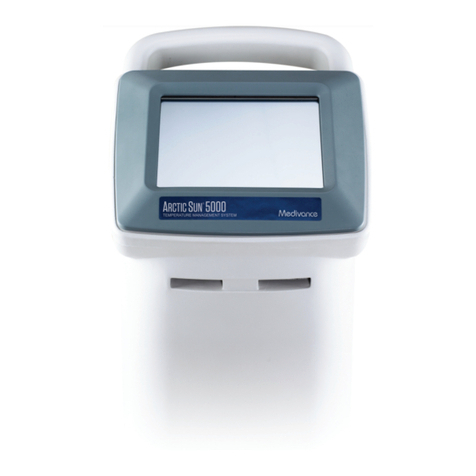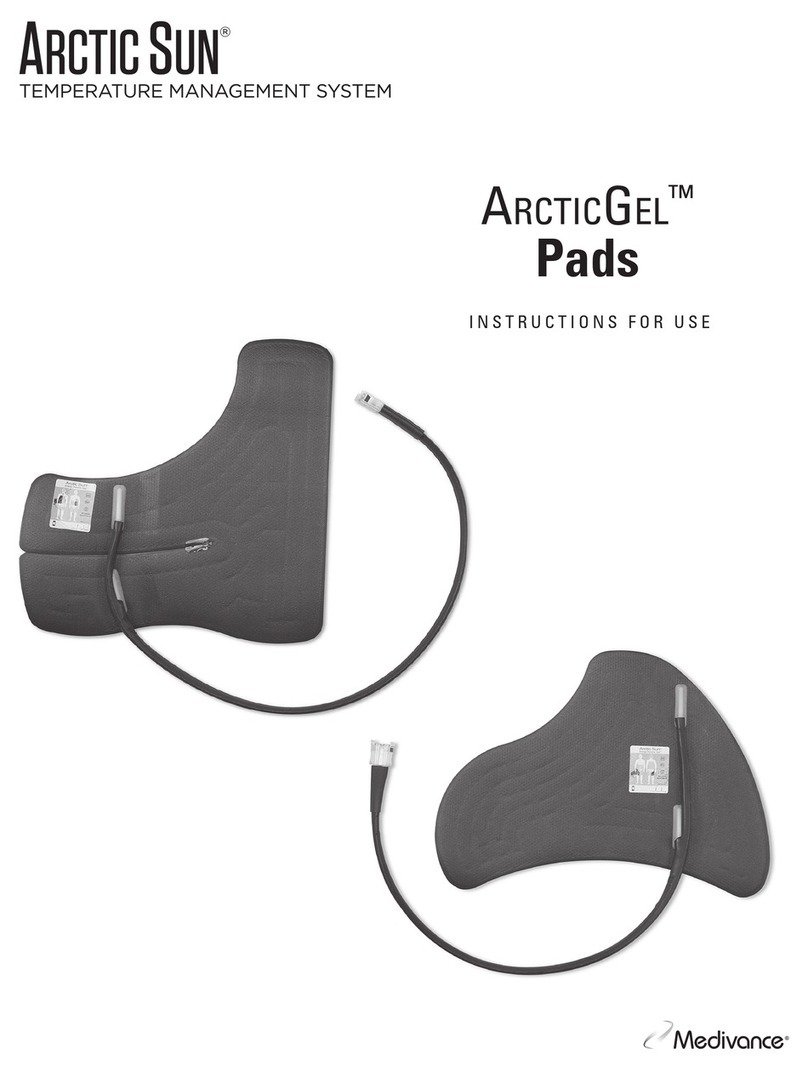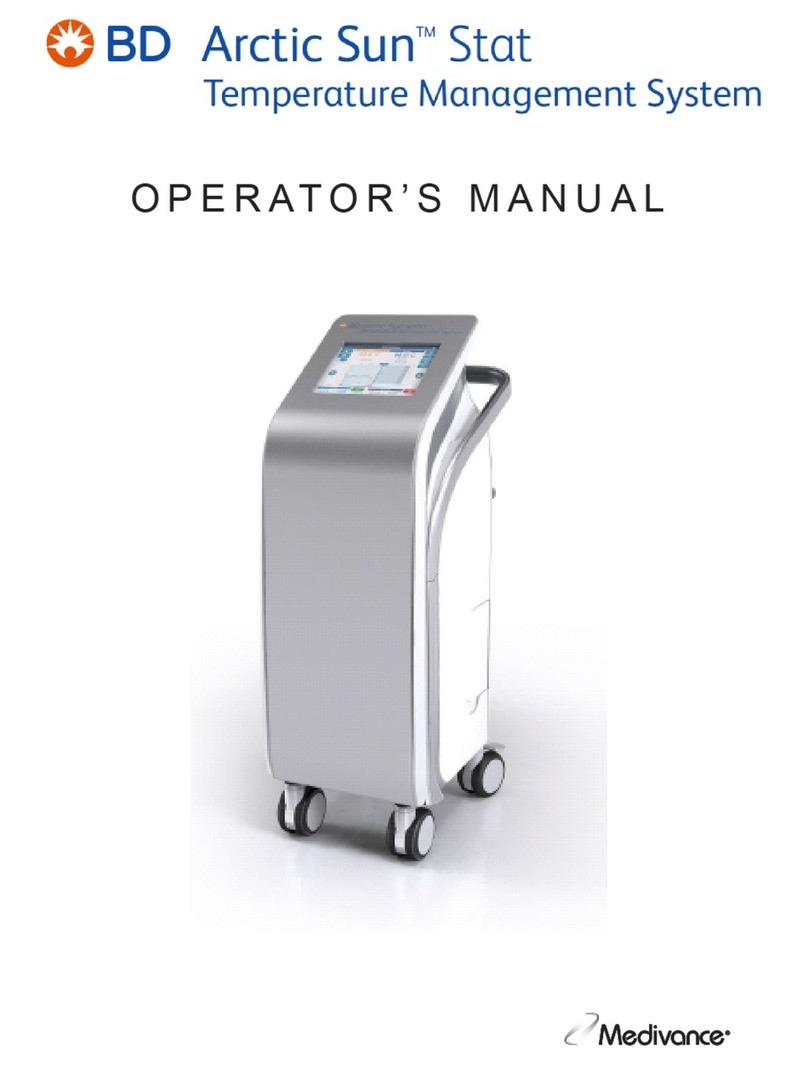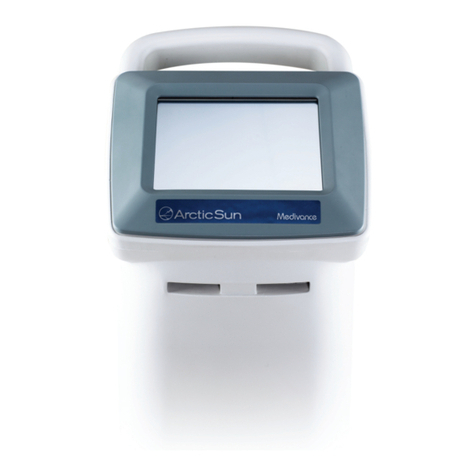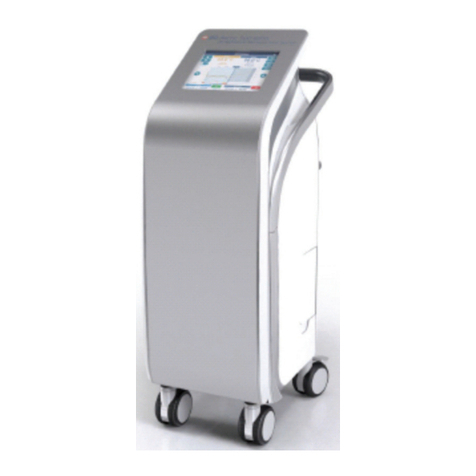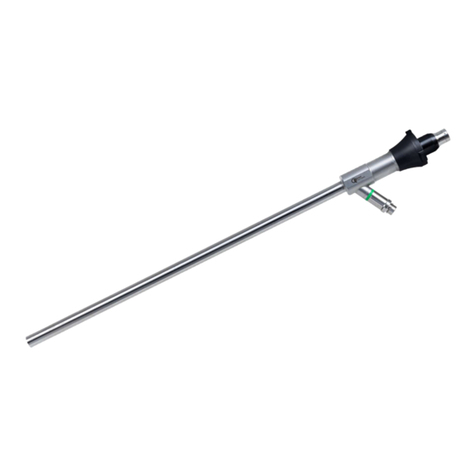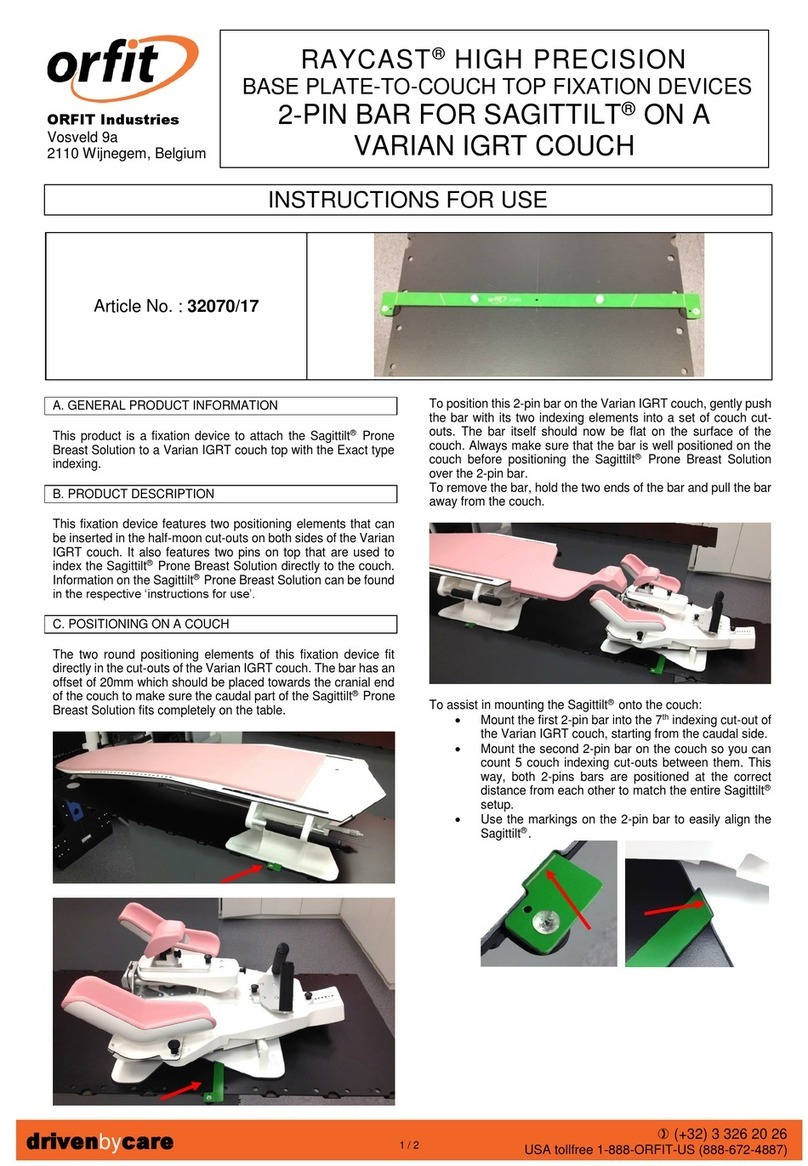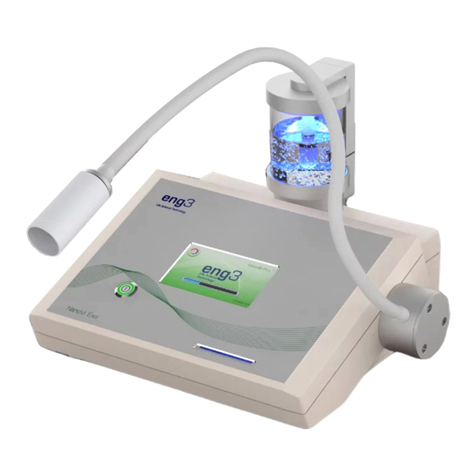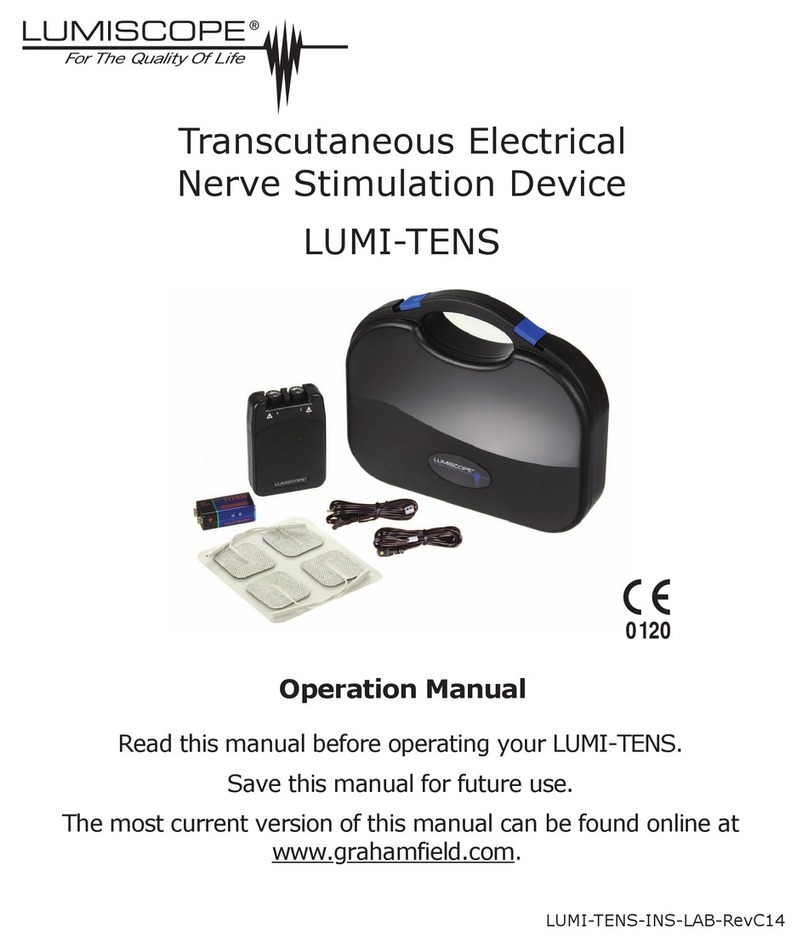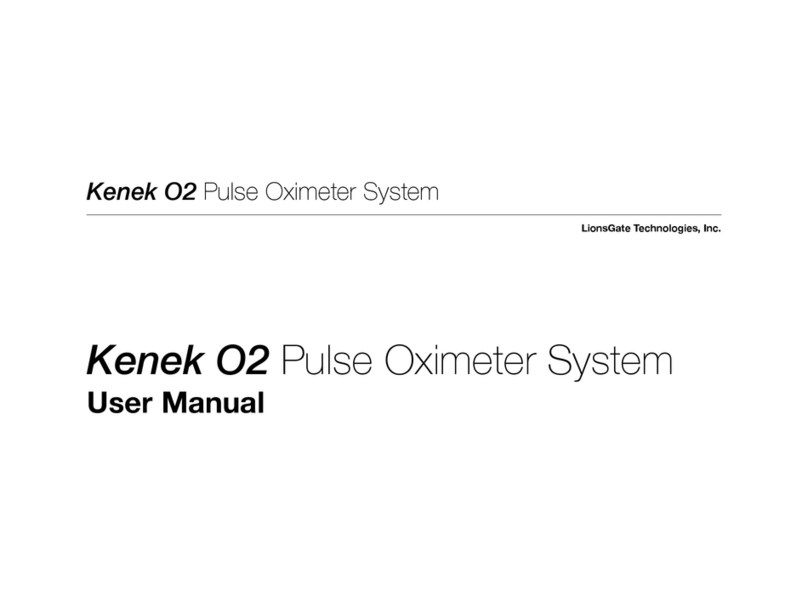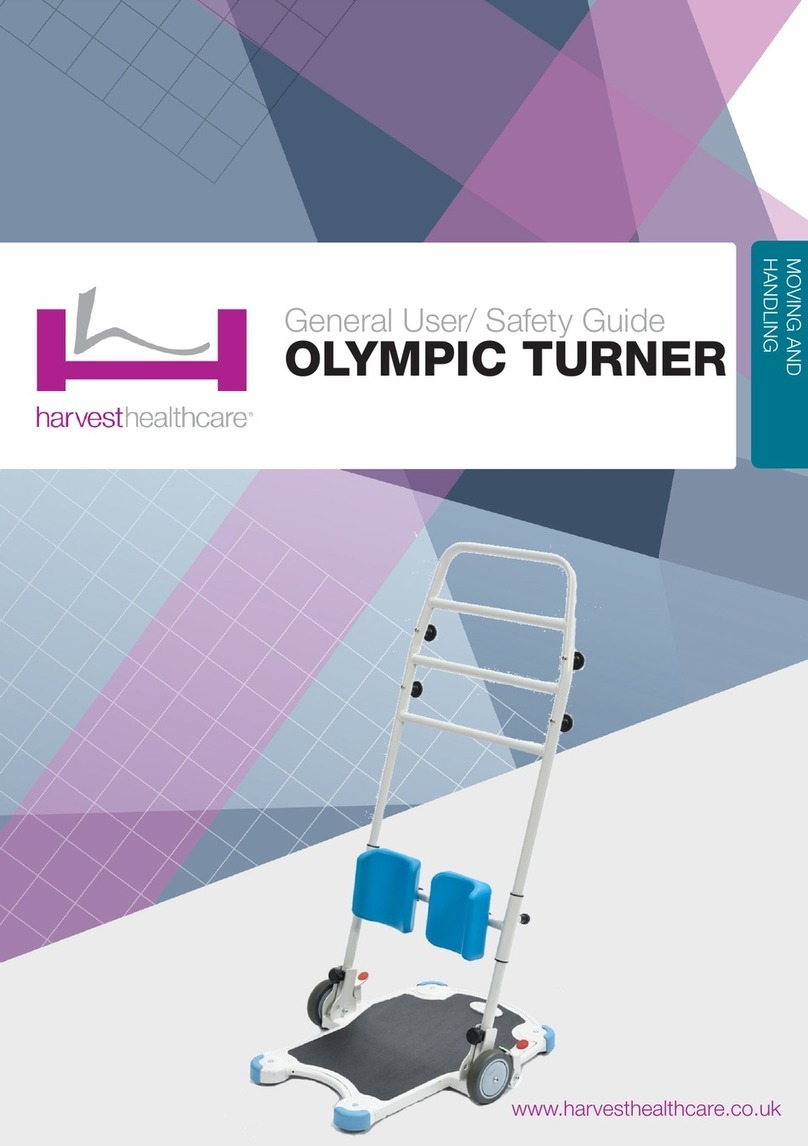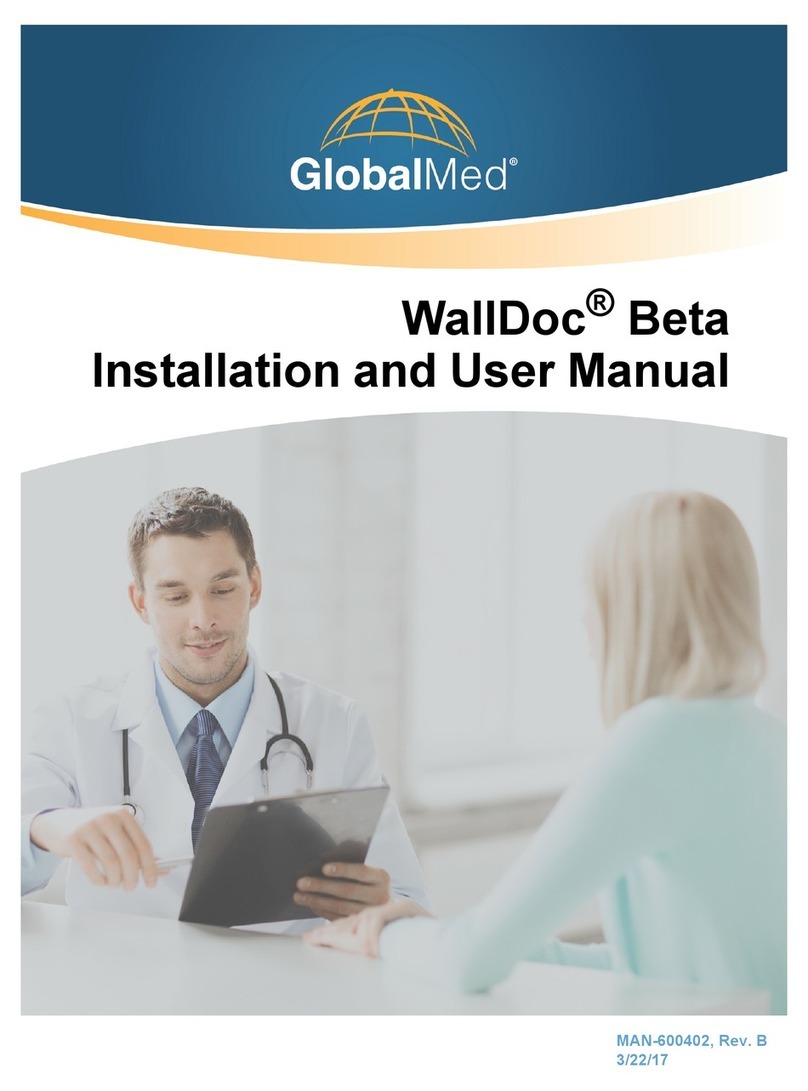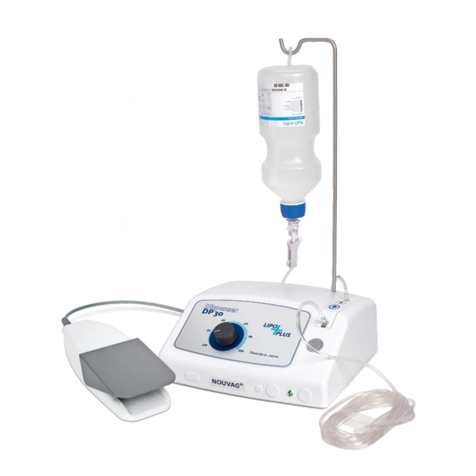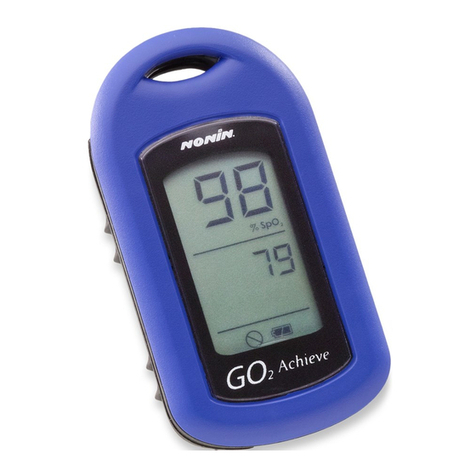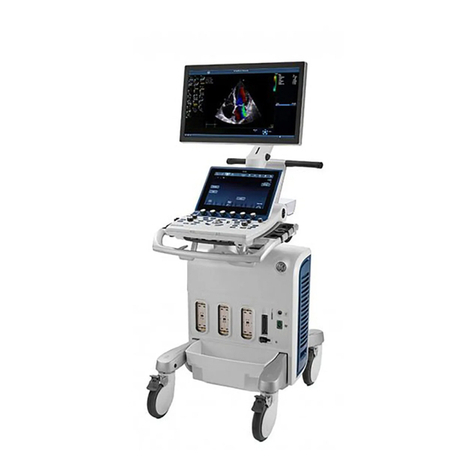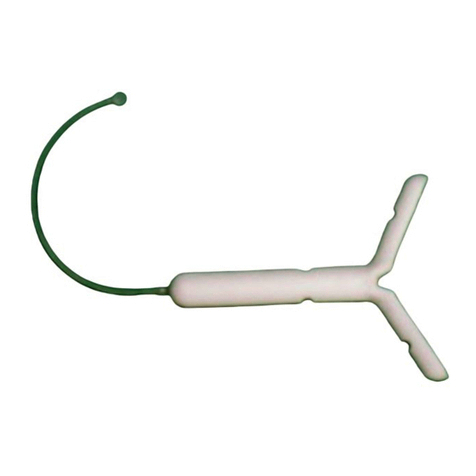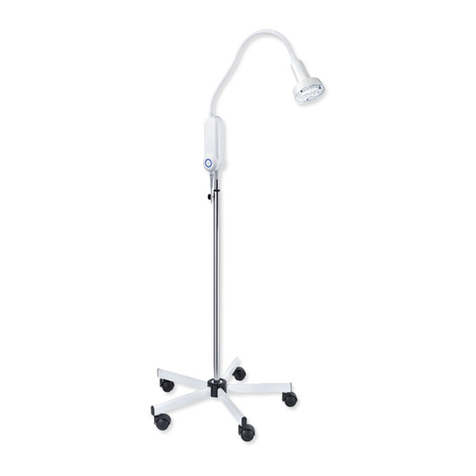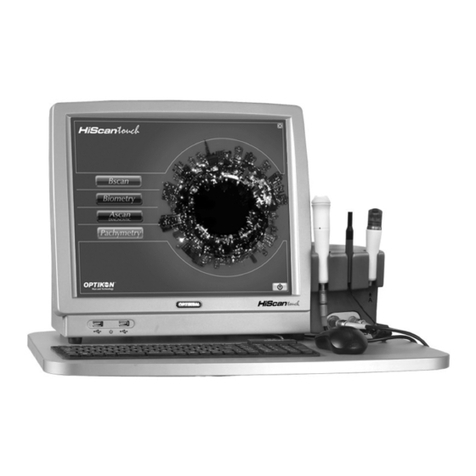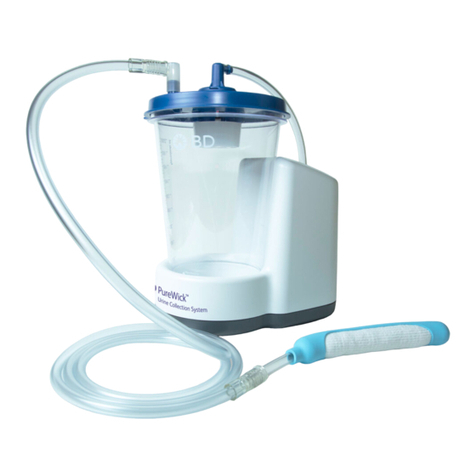
ENGLISH
1
Chapter 1 – Getting Started
Introduction
The Arctic Sun®Temperature Management System is a device
that monitors and controls patient temperature within a range of
32°C to 38.5°C (89.6°F to 101.3°F). The system consists of the
Model 5000 and disposable ArcticGel™Pads. The Arctic Sun®
Temperature Management System delivers temperature-controlled
water ranging between 4°C and 42°C (39.2°F and 107.6°F) through
the pads adhered to the patient’s skin. This results in highly efcient
conductive heat transfer between the water and the patient.
The Arctic Sun®5000 Temperature Management System was
designed with ease of service in mind and incorporates several
features that will assist clinical engineers in maintaining its
performance. These features include: negative pressure ow
that eliminates water leaks, real-time air leak detection, and
performance monitoring. It also includes access to alarm logs and
past system case data, real-time diagnostic information, simplied
calibration and maintenance, and modular construction allowing for
simple repair if required.
Indications for Use
The Arctic Sun®Temperature Management System is a thermal
regulating system indicated for monitoring and controlling patient
temperature.
Warnings and Cautions
Warnings
• Do not use the Arctic Sun®Temperature Management System in
the presence of ammable agents because an explosion and/or
re
may result.
• Do not use high frequency surgical instruments or endocardial
catheters while the Arctic Sun®Temperature Management
System is in use.
• There is a risk of electrical shock and hazardous moving parts.
There are no user serviceable parts inside. Do not remove
covers. Refer servicing to qualied personnel.
• Power cord has a hospital grade plug. Grounding reliability can
only be achieved when connected to an equivalent receptacle
marked “hospital use” or “hospital grade”.
• When using the Arctic Sun®Temperature Management System,
note that all other thermal conductive systems, such as water
blankets and water gels, in use while warming or cooling with the
Arctic Sun®Temperature Management System may actually alter
or interfere with patient temperature control.
• Do not place ArcticGel™Pads over transdermal medication
patches as warming can increase drug delivery, resulting in
possible harm to the patient.
Cautions
• This product is to be used by or under the supervision of trained,
qualied medical personnel.
• Federal law (USA) restricts this device to sale, by or on the order of
a physician.
• Use only distilled or sterile water. The use of other uids will damage
the Arctic Sun®Temperature Management System.
• When moving the Arctic Sun® Temperature Management System
always use the handle to lift the controller over an obstacle to avoid
over balancing.
• The patient’s bed surface should be located between 30 and 60
inches (75 cm and 150 cm) above the oor to ensure proper ow
and minimize risk of leaks.
• The clinician is responsible to determine the appropriateness of
custom parameters. When the system is powered off, all changes
to parameters will revert to the default unless the new settings have
been saved as new defaults in the Advanced Setup screen. For small
patients (≤30 kg) it is recommended to use the following settings:
Water Temperature High Limit ≤40 °C (104 °F); Water Temperature
Low Limit ≥10 °C (50 °F); Control Strategy = 2.
• The operator must continuously monitor patient temperature when
using Manual Control and adjust the temperature of the water
owing through the pads accordingly. Patient temperature will not
be controlled by the Arctic Sun®Temperature Management System
in Manual Control.
• Due to the system’s high efciency, Manual Control is not
recommended for long duration use. The operator is advised to use
the automatic therapy modes (e.g. Control Patient, Cool Patient,
Rewarm Patient) for automatic patient temperature monitoring and
control.
• The Arctic Sun®Temperature Management System will monitor and
control patient core temperature based on the temperature probe
attached to the system. The clinician is responsible for correctly
placing the temperature probe and verifying the accuracy and
placement of the patient probe at the start of the procedure.
• Medivance supplies temperature simulators (xed value resistors)
for testing, training and demonstration purposes. Never use
this device, or other method, to circumvent the normal patient
temperature feedback control when the system is connected to the
patient. Doing so exposes the patient to the hazards associated with
severe hypo- or hyper-thermia.
• Medivance recommends measuring patient temperature from a
second site to verify patient temperature. Medivance recommends
the use of a second patient temperature probe connected to the
Arctic Sun®Temperature Management System Temperature 2 input
as it provides continuous monitoring and safety alarm features.
Alternatively, patient temperature may be veried periodically with
independent instrumentation.
• The displayed temperature graph is for general information
purposes only and is not intended to replace standard medical
record documentation for use in therapy decisions.
• Patient temperature will not be controlled and alarms are not
enabled in Stop Mode. Patient temperature may increase or
decrease with the
Arctic Sun®Temperature Management System in Stop Mode.
• Carefully observe the system for air leaks before and during
use. If the pads fail to prime or a signicant continuous air leak
is observed in the pad return line, check connections. If needed,
replace the leaking pad. Leakage may result in lower ow rates
and potentially decrease the performance of the system.
• The Arctic Sun®Temperature Management System is for use
only with the ArcticGel™Pads.
• The ArcticGel™Pads are only for use with the Arctic Sun®
Temperature Management Systems.
• The ArcticGel™Pads are non-sterile for single patient use. Do
not reprocess or sterilize. If used in a sterile environment, pads
should be placed according to the physician’s request, either
prior to the sterile preparation or sterile draping. ArcticGel™Pads
should not be placed on a sterile eld.
• Use pads immediately after opening. Do not store pads once the
kit has been opened.
• Do not place ArcticGel™Pads on skin that has signs of
ulceration, burns, hives, or rash.
• While there are no known allergies to hydrogel materials, caution
should be exercised with any patient who has a history of skin
allergies or sensitivities.
• Do not allow circulating water to contaminate the sterile eld
when patient lines are disconnected.
• The water content of the hydrogel affects the pad’s adhesion
to the skin and conductivity, and therefore, the efciency of
controlling patient temperature. Periodically check that pads
remain moist and adherent. Replace pads when the hydrogel
no longer uniformly adheres to the skin. Replacing pads at least
every 5 days is recommended.





















